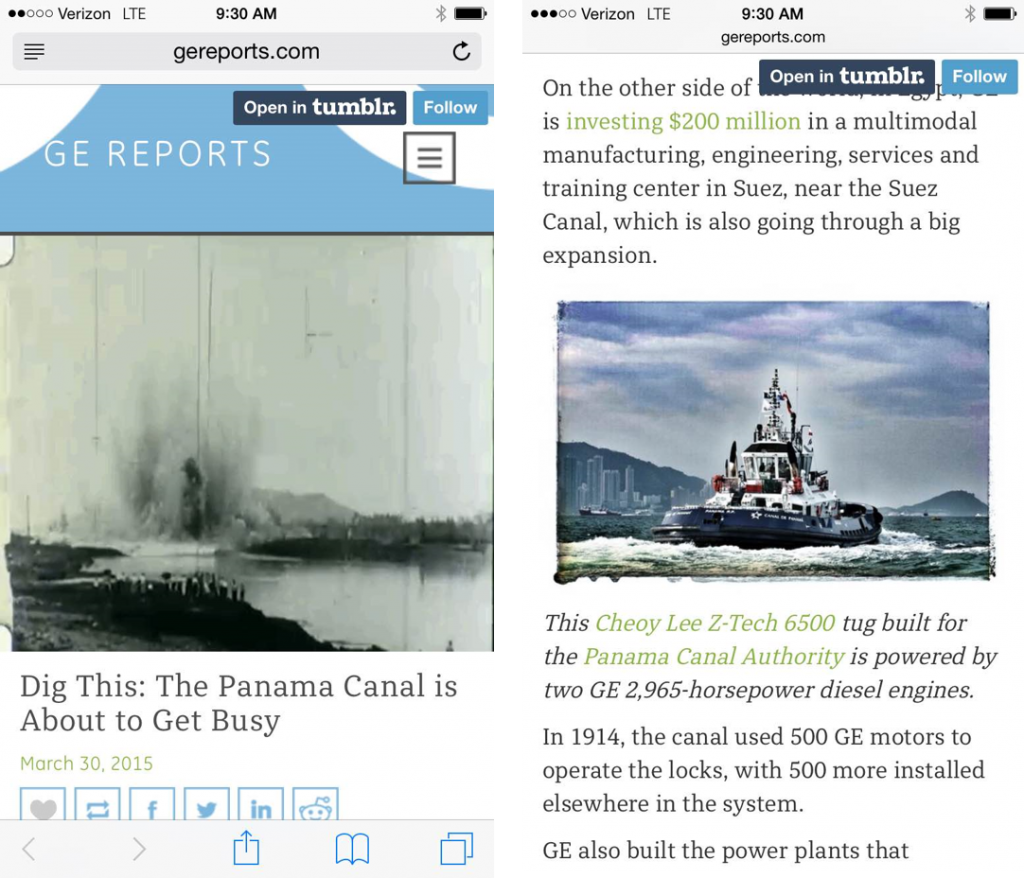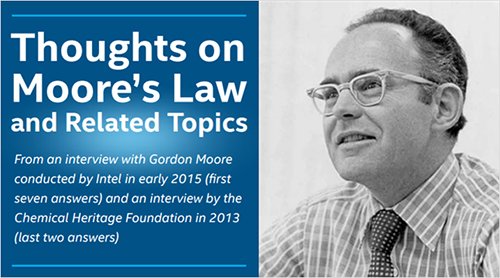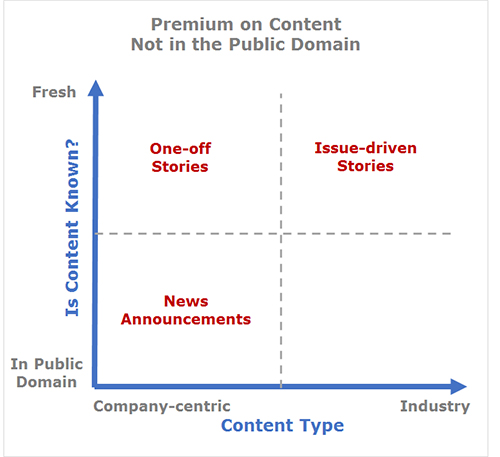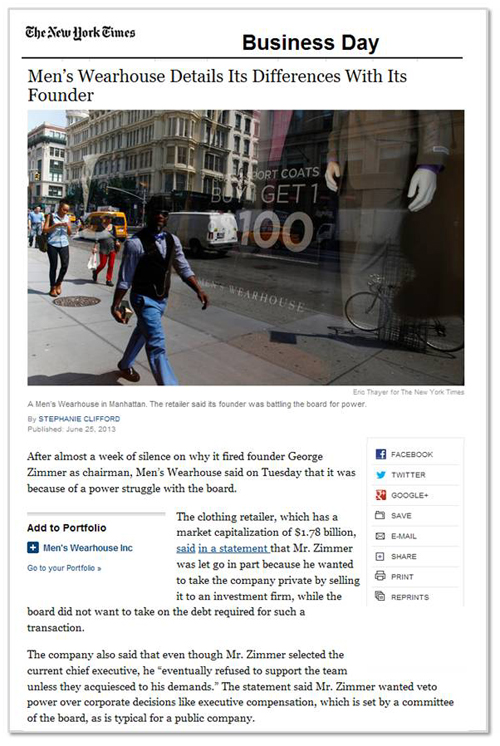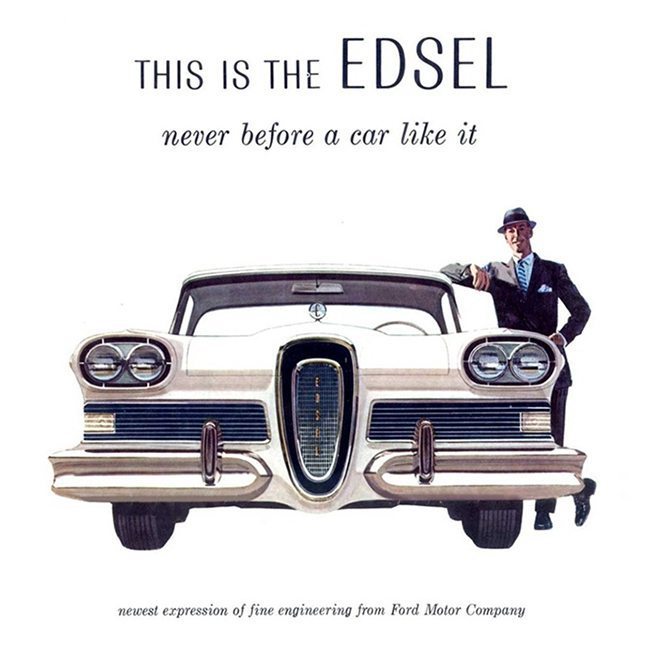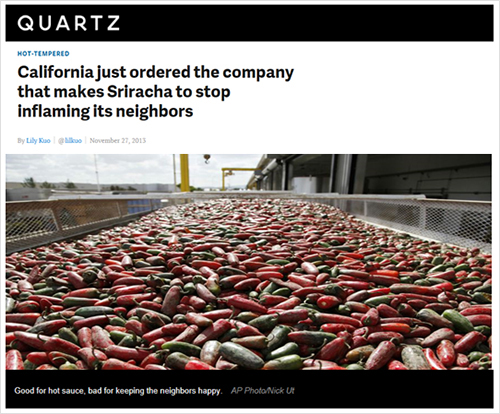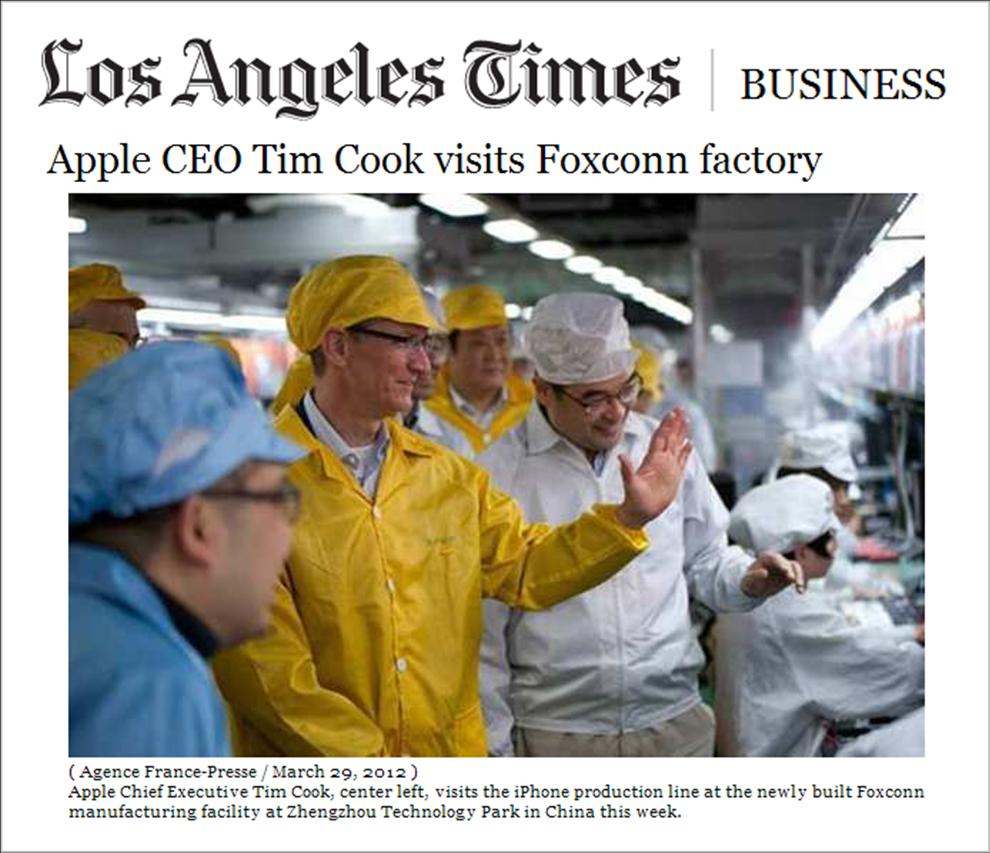Unfortunately, that’s how Stephen Elop, EVP over Microsoft’s Devices & Services business unit, communicated the company’s decision to reduce its workforce by 12,500 people (or 18,000, depending on who we believe).
I don’t expect Mr. Elop to be a skilled communicator, much less command writing expertise. And I appreciate that a letter such as this one must go through the virtual meat grinder known as legal approval.
But c’mon, out all of those Microsoft employees who still have jobs, there must be someone who could bring a steady editing hand and common sense to the narrative.
A few areas of bad business writing that immediately jump out:
- The start “Hello there.” I suppose he’s trying to sound folksy, but it comes off as more of a “Hello out there … anyone home?” Should have played it straight with a simple “Hello.”
- Not only is the letter bloated, but the reader must wade through 855 words to get to real the point, that the company is eliminating 12,500 jobs.
- Want to trigger a negative reaction from the proletariat? Use the phrase “right-size” which he does.
- Word gamesmanship like “must be accomplished within an appropriate financial envelope” belongs in the quarterly earnings calls.
- Cut the adjectives. Not even your employee base believes you’re selling “iconic tablets.”
No mulligans on this “golf course.”
Still, I thought it was worthy exercise in the spirit of “education” to melt down the original letter into something that reflects common sense (using much of the original language).
Hello,
A decision to reduce our workforce is never an easy one.
Still, winning in the mobile phone market depends on our ability to rethink and restructure our organization on an ongoing basis.
With this in mind, we plan to eliminate roughly 12,500 jobs over the next year. I recognize it doesn’t make up for the job loss, but we’ve put together a severance package for the departing employees to help them land on their feet.
What exactly led to this decision?
In short, we need to be more focused, concentrating on the segments that play to our strengths.
It’s one thing to run a hardware business like Nokia where the end game is to sell phones and another to sell devices which play off of our portfolio of products. At the risk of stating the obvious, we also need this business to be profitable.
That’s why we’ll be concentrating on the affordable smartphone segments with the Windows Phone bringing out more lower-cost Lumia devices. Along this line, we’ll be shifting future Nokia X designs and products to Windows Phone devices. We also have some changes in mind to better attack the high end of the market.
All these changes will take place within one phone business unit responsible for all of our phone efforts led by Jo Harlow.
We will provide as much clarity and information as possible in the coming weeks. Leaders across the organization will hold town halls, host information-sharing sessions and provide more details on the intranet.
As difficult as some changes are today, this direction aligns with the cross-company efforts that Satya has described in his recent emails.
Ultimately, they put our mobile phone business in a position for future success.
Regards,
Stephen
290 words.
It’s a common sense approach that cuts out the fat.
It also recognizes that you can’t spin this type of communications to employees. They know.
And yes, changing the “Hello there” to “Hello” did save a word.
P.S. Others have addressed this topic. One of the better posts came from Zachary Lukasiewicz, “Microsoft lays off 18,000 with ridiculous letter.” If you’re interested in the original employee letter, I’ve included it below.
Stephen Elop’s email to employees
July 17, 2014
Hello there,
Microsoft’s strategy is focused on productivity and our desire to help people “do more.” As the Microsoft Devices Group, our role is to light up this strategy for people. We are the team creating the hardware that showcases the finest of Microsoft’s digital work and digital life experiences, and we will be the confluence of the best of Microsoft’s applications, operating systems and cloud services.
To align with Microsoft’s strategy, we plan to focus our efforts. Given the wide range of device experiences, we must concentrate on the areas where we can add the most value. The roots of this company and our future are in productivity and helping people get things done. Our fundamental focus – for phones, Surface, for meetings with devices like PPI, Xbox hardware and new areas of innovation — is to build on that strength. While our direction in the majority of our teams is largely unchanging, we have had an opportunity to plan carefully about the alignment of phones within Microsoft as the transferring Nokia team continues with its integration process.
It is particularly important to recognize that the role of phones within Microsoft is different than it was within Nokia. Whereas the hardware business of phones within Nokia was an end unto itself, within Microsoft all our devices are intended to embody the finest of Microsoft’s digital work and digital life experiences, while accruing value to Microsoft’s overall strategy. Our device strategy must reflect Microsoft’s strategy and must be accomplished within an appropriate financial envelope. Therefore, we plan to make some changes.
We will be particularly focused on making the market for Windows Phone. In the near term, we plan to drive Windows Phone volume by targeting the more affordable smartphone segments, which are the fastest growing segments of the market, with Lumia. In addition to the portfolio already planned, we plan to deliver additional lower-cost Lumia devices by shifting select future Nokia X designs and products to Windows Phone devices. We expect to make this shift immediately while continuing to sell and support existing Nokia X products.
To win in the higher price segments, we will focus on delivering great breakthrough products in alignment with major milestones ahead from both the Windows team and the Applications and Services Group. We will ensure that the very best experiences and scenarios from across the company will be showcased on our products. We plan to take advantage of innovation from the Windows team, like Universal Windows Apps, to continue to enrich the Windows application ecosystem. And in the very lowest price ranges, we plan to run our first phones business for maximum efficiency with a smaller team.
We expect these changes to have an impact to our team structure. With our focus, we plan to consolidate the former Smart Devices and Mobile Phones business units into one phone business unit that is responsible for all of our phone efforts. Under the plan, the phone business unit will be led by Jo Harlow with key members from both the Smart Devices and Mobile Phones teams in the management team. This team will be responsible for the success of our Lumia products, the transition of select future Nokia X products to Lumia and for the ongoing operation of the first phone business.
As part of the effort, we plan to select the appropriate business model approach for our sales markets while continuing to offer our products in all markets with a strong focus on maintaining business continuity. We will determine each market approach based on local market dynamics, our ability to profitably deliver local variants, current Lumia momentum and the strategic importance of the market to Microsoft. This will all be balanced with our overall capability to invest.
Our phone engineering efforts are expected to be concentrated in Salo, Finland (for future, high-end Lumia products) and Tampere, Finland (for more affordable devices). We plan to develop the supporting technologies in both locations. We plan to ramp down engineering work in Oulu. While we plan to reduce the engineering in Beijing and San Diego, both sites will continue to have supporting roles, including affordable devices in Beijing and supporting specific US requirements in San Diego. Espoo and Lund are planned to continue to be focused on application software development.
We plan to right-size our manufacturing operations to align to the new strategy and take advantage of integration opportunities. We expect to focus phone production mainly in Hanoi, with some production to continue in Beijing and Dongguan. We plan to shift other Microsoft manufacturing and repair operations to Manaus and Reynosa respectively, and start a phased exit from Komaron, Hungary.
In short, we will focus on driving Lumia volume in the areas where we are already successful today in order to make the market for Windows Phone. With more speed, we will build on our success in the affordable smartphone space with new products offering more differentiation. We’ll focus on acquiring new customers in the markets where Microsoft’s services and products are most concentrated. And, we’ll continue building momentum around applications.
We plan that this would result in an estimated reduction of 12,500 factory direct and professional employees over the next year. These decisions are difficult for the team, and we plan to support departing team members with severance benefits.
More broadly across the Devices team, we will continue our efforts to bring iconic tablets to market in ways that complement our OEM partners, power the next generation of meetings & collaboration devices and thoughtfully expand Windows with new interaction models. With a set of changes already implemented earlier this year in these teams, this means there will be limited change for the Surface, Xbox hardware, PPI/meetings or next generation teams.
We recognize these planned changes are broad and have very difficult implications for many of our team members. We will work to provide as much clarity and information as possible. Today and over the coming weeks leaders across the organization will hold town halls, host information sharing sessions and provide more details on the intranet.
The team transferring from Nokia and the teams that have been part of Microsoft have each experienced a number of remarkable changes these last few years. We operate in a competitive industry that moves rapidly, and change is necessary. As difficult as some of our changes are today, this direction deliberately aligns our work with the cross company efforts that Satya has described in his recent emails. Collectively, the clarity, focus and alignment across the company, and the opportunity to deliver the results of that work into the hands of people, will allow us to increase our success in the future.
Regards,
Stephen

